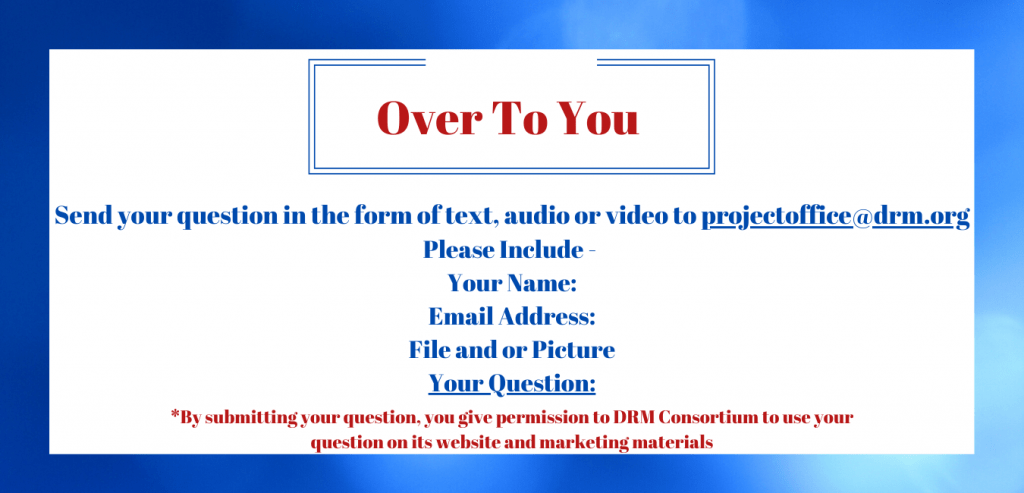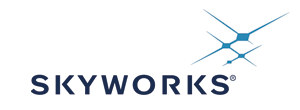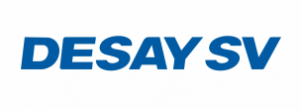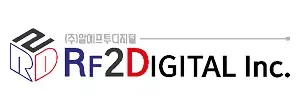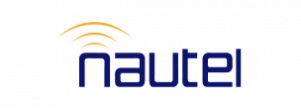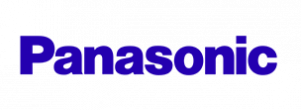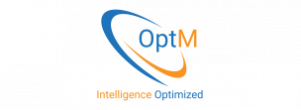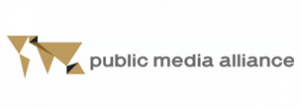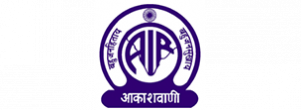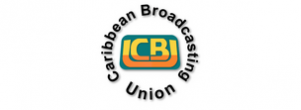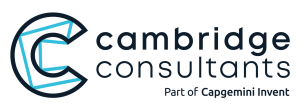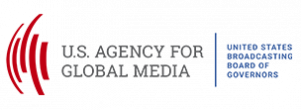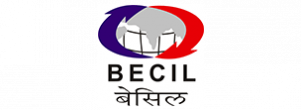- Question
DRM used for education seems like a good idea. But what content can DRM bring to the students?
(Ugandan college teacher)
- Answer
DRM (www.drm.org) is just a technological platform that does not select or curate content. Any audio and graphics, like maps or diagrams, can be broadcast locally, nationally or internationally, that is at large distance. This is a digital way to reach students and any community cut off from other technological platforms like IP. Content delivered via DRM can be seen as a stand-alone lesson, as a complement to a teacher’s lesson, or/and a valuable source of material to be stored and used alter, as many times as required. The term “lesson” is a broad term as any kind of information, i.e., lesson for any school year, any lecture or training course could be thus disseminated without the need for internet.
There are no prescriptive rules for creating distance learning content. But because of the limitations of digital broadcasting, a compact text with key elements or teachings, accompanied by an audio version and well selected graphics, has the greatest chance of success. The knowledge to be imparted needs to be presented in short and simple chunks. Brevity and conciseness are the rules of thumb for the content to be delivered via DRM broadcasts. These will be received directly on digital receivers, or on receivers with wifi capability so that any mobile or tablet can be connected within a school, a village or a community. Distance learning is a new way of teaching; it cannot replicate a lesson delivered for up to an hour by a teacher using a blackboard and other teaching aids. Distance learning is knowledge in a nutshell, just a digital nutshell available to all.
